Lincoln Village Is a Slice of Polish History
There’s no neighborhood like it, with a history that goes back to the 19th century.
Distance: One mile
Start: Corner of S. 6th St. and W. Lincoln Ave.
Parking: Metered on Lincoln
Much of the early development of Lincoln Avenue, also known as Lincoln Village, parallels the development of Mitchell Street, six blocks north. First the Polish arrived in the late 1800s looking for work, then approximately 50 years later, Hispanics, mainly from Mexico, began to move west from Walker’s Point to Lincoln Village. Because they shared a work ethic and their Catholic faith, this was a relatively conflict-free merging of two cultures who continue to live in harmony in the neighborhood. Today, Lincoln Village incorporates a potpourri of newcomers including Asians, Pakistanis, and many immigrants from the Middle East, making this a melting pot of international cultures and a neighborhood where diversity appears to contribute to its stability.
It’s also densely populated, thanks to those thrifty Poles who filled the streets adjacent to Lincoln with Polish Flats, small cottages raised one-half-story to add basement apartments underneath the main house. This gave the owners additional space to rent or to accommodate their growing families. As you walk on 12th Street, you will recognize the Polish Flats by their steep exterior staircases and ground level first floor entrances and windows.
Father Grutza purchased salvage from the Old Chicago Post Office for $20,000, enough to fill 500 railroad cars with limestone blocks, marble granite columns, and Corinthian woodwork. Using these materials, the parishioners modeled the church after St. Peter’s in Rome, broke ground for it in 1896, and in 1929 it was designated a Basilica by Pope Pius XI.
Across the street at 606-614, the Grutza Building, purchased by Father Grutza in 1899, was a commercial building which utilized leftover materials from the Basilica’s construction. It is said that it was designed in a Baroque style to complement the Basilica. Today it houses the offices of Rivas & Hockstaffer Immigration Law Services.
At 7th Street on the east-facing wall of Lincoln Art Pottery, a stunning mural by Mauricio Ramirez assisted by Chacho Lopez, should be, if it’s not already, a landmark destination on Lincoln Avenue. Ramirez and Lopez’s depiction of Our Lady of Guadalupe completed in June, 2020, received national recognition in the New York Times. Notable also because of its location across the street from the Basilica, Ramirez was quoted as saying, “It’s important to me that certain works like this one make a cultural difference.”
Across the street, Kosciuszko Park, located on land purchased by J. C. Coleman, was originally called Coleman Park, then renamed Lincoln Avenue Park in the late 1890s. In 1900 it changed names again to honor General Thaddeus Kosciuszko, a Polish General who served our country in the American Revolution. “To the hero of both hemispheres by the Poles of Milwaukee,” is inscribed on the stone monument next to the sculpture. Sixty-thousand admirers came to the dedication in 1904, many of whom had donated nickels and quarters to the $13,000 needed ($250,000 in today’s money) to erect the statue.
At 1005 W. Lincoln Ave. the former Riviera Theater constructed in 1919 for $125,000, has an unimpressive façade which camouflaged an elaborate interior. In 1919, it seated 1,200, had a house organ, and showcased an occasional 10-piece orchestra. It also had a stage, several dressing rooms, and a balcony which was accessed by a stadium-style ramp that led up from the main floor.
At 11th Street, detour one block south to see Holy Name of Jesus Church, still attended by the Polish-American community. Return to Lincoln and continue one-and-one-half blocks west past 12th Street to A & J Polish Deli, a great place to stock up on Polish grocery needs, especially Polish Sausage and Pierogies.
Now turn right or north on 12th Street and walk one block to Grant. You will see many Polish flats between Lincoln and Grant before you turn right and walk two blocks to 10th Street and Kosciuszko Park. Walk through the park on the paths where impressive maple and oak trees are scattered in the grass. Here is an example of what is possible after 200 years because someone had the foresight to establish a park on Lincoln Avenue instead of leaving the land vulnerable to the development of homes, apartments and paved streets. This is a lovely park, which rewards lingering. Continue around the pond and back to Lincoln where you began this historical stroll through Lincoln Village.
Along the Walk
Cari Taylor-Carlson is the author of Milwaukee Walks: 20 Choice Walks in a Classy City.
If you think stories like this are important, become a member of Urban Milwaukee and help support real, independent journalism. Plus you get some cool added benefits.
Milwaukee Walks
-
Kilbourntown Tour Offers Tons of History
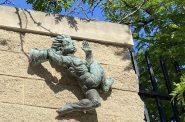 Oct 8th, 2023 by Cari Taylor-Carlson
Oct 8th, 2023 by Cari Taylor-Carlson
-
Riverwest Is a Melting Pot
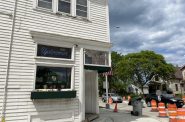 Aug 25th, 2023 by Cari Taylor-Carlson
Aug 25th, 2023 by Cari Taylor-Carlson
-
Layton Boulevard Has Overlooked History
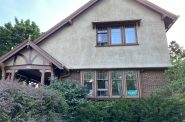 Jul 23rd, 2023 by Cari Taylor-Carlson
Jul 23rd, 2023 by Cari Taylor-Carlson


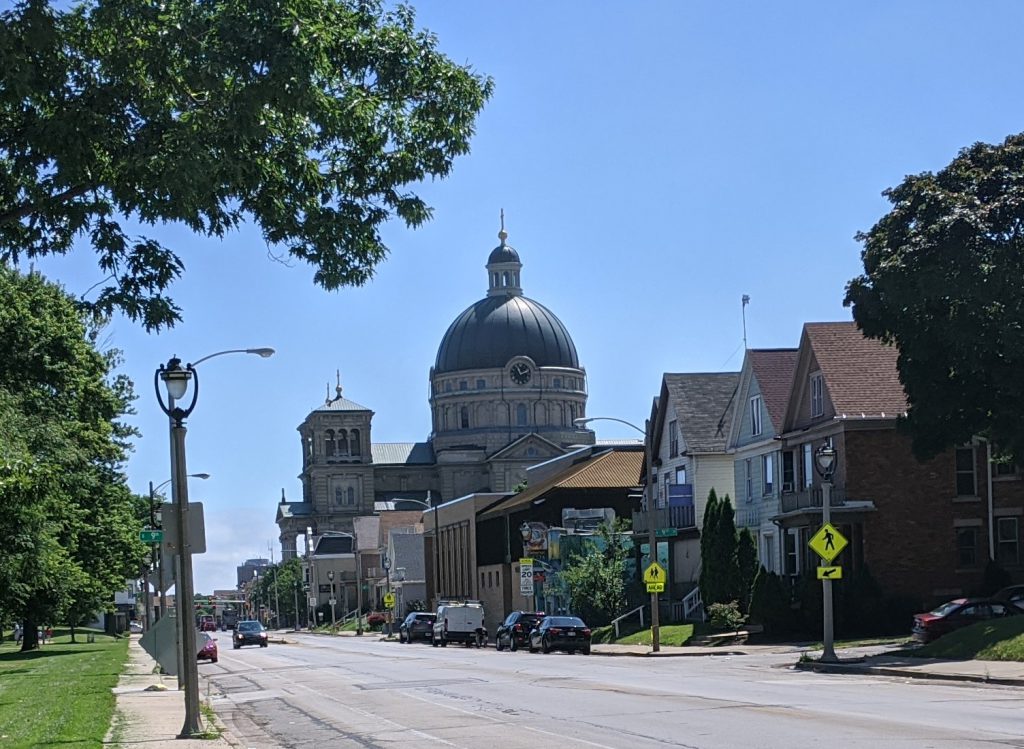
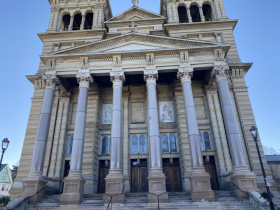
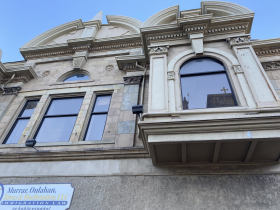
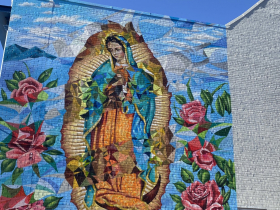
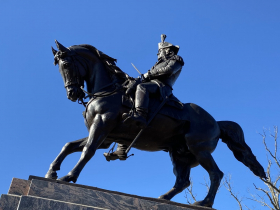
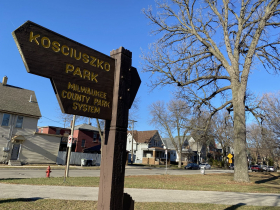
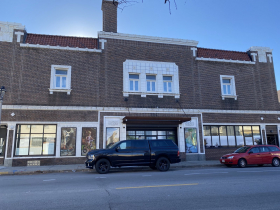




















Lincoln Village is a great historic neighborhood! It’s also well-served by transit – it would be great to have the bus lines in this series of articles in addition to car parking info.
Thanks for the lovely tour of my old neighborhood. I spent my first five years living, at various times, in the lower and then the upper of a Polish flat on 11th Street my parents rented just two doors north of Holy Name National Polish Catholic Church. My mother worked as a seamstress across the street in a bridal salon on the corner of 11th and Hayes Avenue. I recall the “Rag Man” with his horse drawn cart traveling through our alley calling, “Ah Rags, Ah Rags.” The Natatorium was across the alley on Hayes as well.
Of course I was taken to Kozy Park on many occasions to admire the statue and walk around the lagoon. There was also a lovely little statue of a girl surrounded by benches in a small copse that we frequented. I remember we could “borrow” toys from the old community center off of 10th Street.
I also remember being taken via coaster wagon up to Lincoln Avenue to watch the Polish Constitution Day Parade one May.
Thanks for the tour.